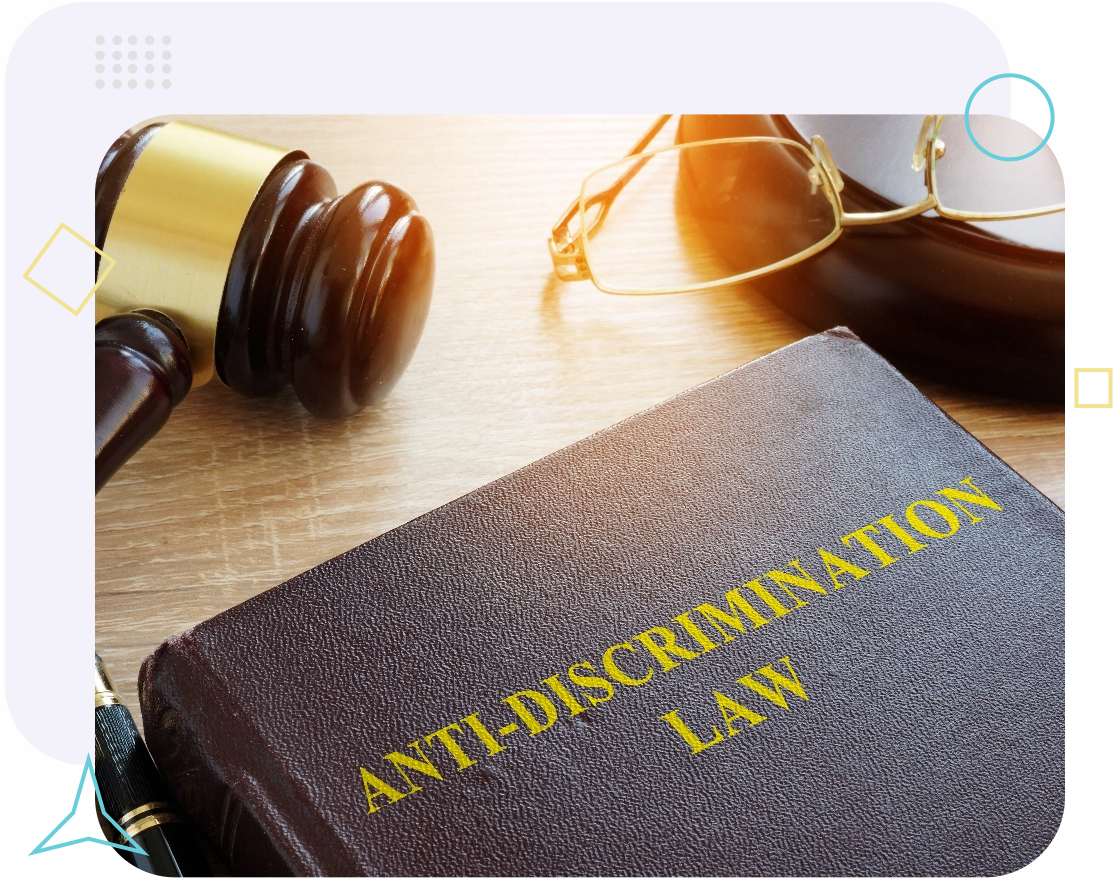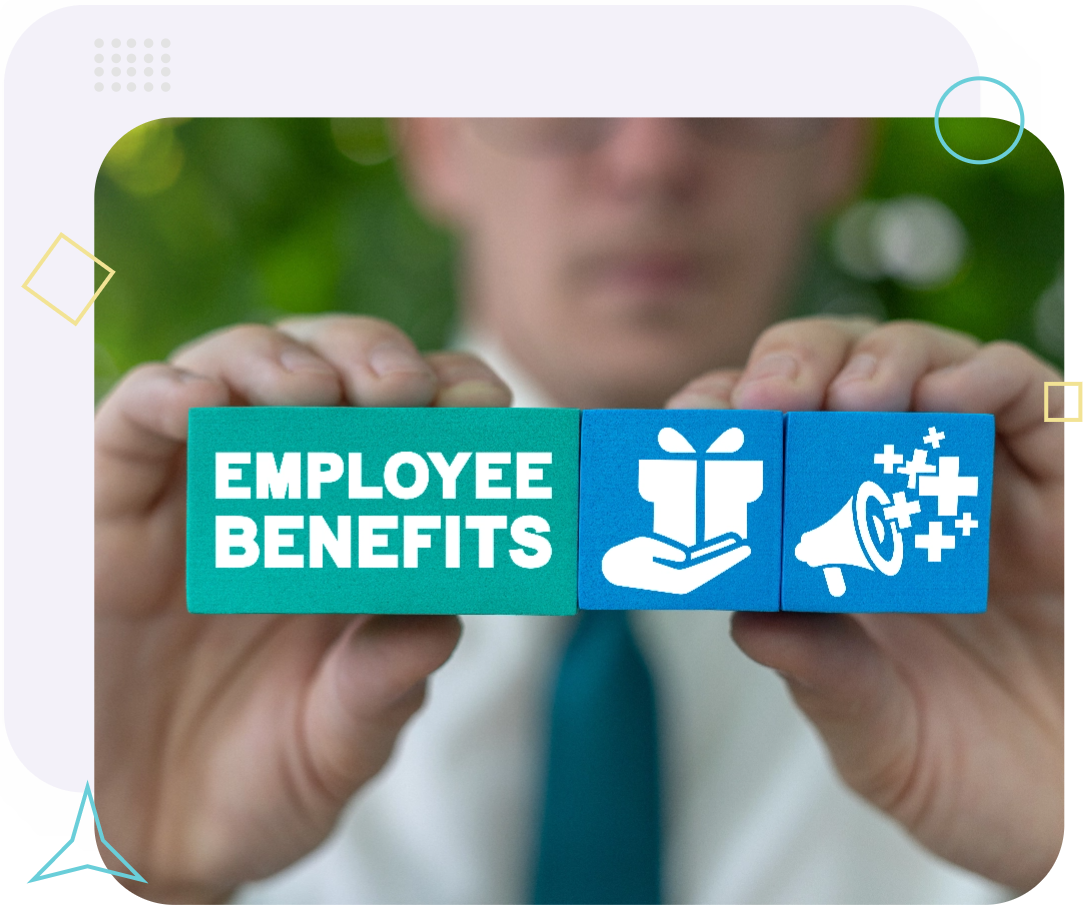Finding Companies That Value Diversity And Inclusion
The job market may not be at its best right now following the onslaught of the COVID-19 pandemic, but one good thing that has come out of it is an increasing focus on diversity and inclusion. The pandemic has highlighted the ongoing inequalities that occur in the workplace as more employees than ever before have had the chance to experience remote working. One common observation amongst persons with disabilities is that some of the accommodations that have been made for everyone working from home were accommodations they had requested and been denied in the past.
As a person of color (POC), a working parent, an individual living with a disability or a member of the LGBT community, diversity and inclusion may be one of your priorities when searching for a job. The worst thing that can happen after accepting a job offer is realizing that the company does not share the same values as you, and you may even find yourself being treated differently as a result.
If you are an employee looking to work for a company that promotes diversity and inclusion, there are some things you can watch out for during both the application and interview processes. Read on to find out some ways of determining whether a company values diversity and inclusion without asking them directly.

Understanding the Difference Between Diversity and Inclusion
While diversity and inclusion should ideally go hand in hand, they aren’t one and the same. Diversity is all about the makeup of the workplace, including different genders, ethnicities, nationalities, sexual orientations, and more. On the other hand, inclusion is about making the workplace an equal playing field for everyone, where all employees can thrive based on their abilities.
Just because a workplace is diverse doesn’t necessarily mean it’s inclusive. Organizational values, policies, and benefits can play a big part in promoting inclusivity, which is why it’s so important to pay close attention to these details when applying for a job. There are many benefits to a diverse and inclusive workplace, including a more innovative and agile pool of candidates, happier and more productive employees, multiple perspectives, and many more.
Now that we have established the basis of what constitutes diversity and inclusion, let’s find out more about how you can tell if a company really practices what it preaches

Pay Close Attention to Job Postings
The first thing you will read about a company you are interested in working for is most often the job posting. Popular websites to search for job postings include Indeed and LinkedIn. Depending on the platform you use, you may be able to find out more information about the company from the start and even find links to their social media accounts.
But first, have a close read of the job posting and attempt to read between the lines. Does the job scope align with the level of the position? Are there vague sentences, such as “other duties as required”? Is gendered language used, such as “looking for someone who’s a self-professed diva”?
Keep in mind that even if some red flags are present, this does not necessarily mean that the company is trying to attract or put off applicants of a certain demographic. Sometimes, it can be the case that the human resource personnel who wrote the job description isn’t very familiar with the role, or the role they are advertising for is a new one and therefore, there is no precedent for the job scope. However, what you can do is note down anything concerning and make it a point to seek clarification when you make it to the interview stage.

Do Some Research on The Company Website and Social Media Accounts
There are many ways to find out if the company you are interested in working for practices diversity and inclusion, or if they are all talk and no action. You may wish to start by taking a look at the company website. In particular, single out their core values and mission statement.
Are they committed to fostering a sense of inclusion and belonging in the workplace? Next, move on to the page that features employee profiles. Is a diverse pool of talent represented? Are there any women and/or POC amongst higher management? Another thing you can look out for is whether the company supports any causes or is involved in volunteering.
If the website isn’t giving much away, you may wish to move on to their social media accounts next. This can include Facebook, Twitter, Instagram, LinkedIn, and more. One good thing about checking out social media is that you are more likely to find photos of company events, even ones posted by employees themselves. Take a good look at the makeup of the participants: are minority groups adequately represented? You may also want to have a read through any news or updates on the page to get a better idea of the company culture.

Find Out More About Anti-Discrimination Policies
The truth is that today, you will be hard-pressed to find a company that doesn’t claim to value diversity and inclusion. However, how and whether they put it into practice is another thing. Anti-discrimination policies may be enforceable by law, but admittedly, it can be challenging to find out how a company abides by them before making the decision to join.
Here is where you may wish to do a quick online search of the company with regards to diversity and inclusion. If it’s a big company, chances are any negative news stories will quickly turn into bad press. Find out how the company responded to the incident, if any. Did they apologize and find a way to resolve the situation, or did they sit back and do nothing? Keep in mind that while mistakes can and do happen from time to time, there’s no doubt that the company’s response is a clear indication of their values and priorities.

Speak to Former Employees
Looking to get an unfiltered account of what working for a company is really like? If so, there’s no better source than former employees. Former employees will be able to paint an accurate picture of how the work culture is like. Besides diversity and inclusion, you will have other requirements when looking for a job that you can take the opportunity to find out more about. For instance, how much support and guidance is available? What are the employee benefits you can enjoy?
One platform where you can check out what former employees think is Glassdoor. You can even find out more about specificities such as the interview process and the turnover rate. Remember that negative reviews can also come from disgruntled employees who have been rightfully terminated, and therefore, you should always take everything you read with a pinch of salt. However, if you are sensing a consistent pattern, this could be a red flag.
If you would like more in-depth information, you may want to consider reaching out to a former employee for an interview. You may know someone who has worked there previously, or you can reach out via platforms such as LinkedIn. Before doing so, make sure you have prepared a list of questions to ask - take note that the other person is doing you a favor and hence you do not want to take up more of their time than you have to.

Find Out More About Anti-Discrimination Policies
If you have taken the time to get in touch with a former employee, this will give you a clearer idea on the company culture and whether the workplace is a good fit for you. However, it’s important to note that this is just one person’s word. Unless you have read consistently negative reviews or gotten in touch with a number of previous employees - in which case you may even be considering rejecting an interview offer - always go into your interview with an open mind.
Typically, you will be given a few minutes to ask questions nearing the end of the interview. Here is your chance to clear up any doubts you may have and get the answers you are looking for. Some examples of questions you may want to ask include:
How is support provided for working parents / disabled persons / POCs / members of the LGBT community?
What steps are taken to promote diversity and inclusion?
How are instances of harassment and discrimination handled by the company?
What values are most important to your company?
Are there any employee resource groups?
What benefits do employees receive?
Do you have an example of when your company promoted diversity and inclusion?
Are there any groups that are underrepresented within the company, and what steps are being taken to improve this?
…and more!
Typically, you will be given a few minutes to ask questions nearing the end of the interview. Here is your chance to clear up any doubts you may have and get the answers you are looking for. Some examples of questions you may want to ask include:

Observe the Office Space and Interview Panel
Besides the direct answers you are getting, an interview is always a good chance to scrutinize what’s not being said. If the interview is conducted in-person, take a look around the office space for any signs of diversity and inclusion. This can be through the form of photographs and/or artwork displayed in the space.
If the interview is taking place virtually, you won’t have the chance to observe the office space, but you can still get a lot of clues from the interviewer. Is it a panel interview? If so, ask yourself whether the interviewers come from diverse backgrounds and if they get an equal chance to ask questions. Another thing to watch out for is the body language of each interviewer, whether they seem tense or uncomfortable.
If you get the sense that something is off, you may wish to make discreet clarifications at the end of the interview. For instance, you may direct a question about diversity and inclusion to an interviewer who appears tense.

Scrutinize Company Benefits
Employee benefits are about so much more than whether a company is “stingy” or “generous”. It can be easy to justify a lack of benefits by comparing it to your friends’ or siblings’ workplaces, but it goes beyond how generous a company is prepared to be. A company that values diversity and inclusion will always keep in mind the needs of their various employees, which includes parents and employees with disabilities.
Think about what matters to you and why it does. Are you a part-time caregiver for an elderly parent, or do you have a medically vulnerable child? Do you need to pray at a specific time every day, or do you require time off during a religious holiday that’s not also a public holiday? It can help to find out what your legal rights are, such as in terms of the Family and Medical Leave Act (FMLA). If a list of employee benefits is not provided in the job listing, make it a point to ask during the initial phone screen or during the interview.

Observe the Office Space and Interview Panel
Are you a minority job seeker in the marketing & communication industry, or are you an employer looking for a diverse range of talent? If so, ColorComm Search is the perfect platform to start your search. Our online recruiting platform is the first of its kind for multicultural talent in communications.
you can find job postings in journalism, advertising, media, creative work, and more. Our goal is to connect our diverse database of talents to leading companies that prioritize inclusion.
ColorComm Search’s service is completely free of charge for applicants - all you need to do is create an account, upload your resume and start applying to the postings that interest you. Employers will pay a fee to post open roles, with the fee being determined by the duration of time your post is up. Create an account with us today and get started on your journey towards being part of a more diverse and inclusive workplace!